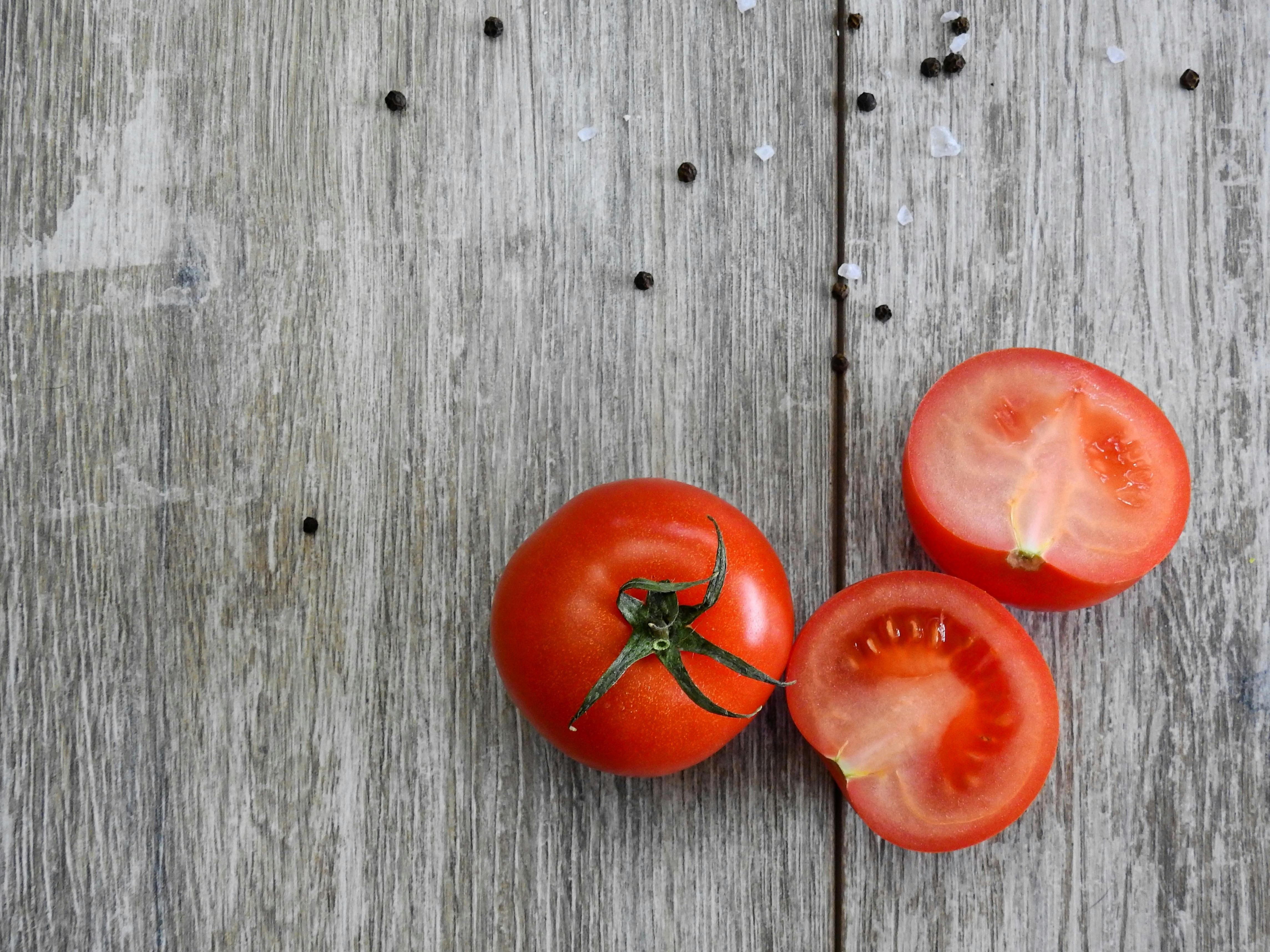
Please feel free to browse and save any photos for your reference. It is strictly forbidden to use any information here for commercial gain purposes without the written consent of John Gargone. Chef John Says; Food is a fantastic medium to express yourself and to show the people in your life how much you care.
Food also stimulates emotions. Great food that reminds of someone close may even make you cry. Great food flavors stay in our memory forever. Bad food can make you angry, Whimsically prepared, food can make you laugh. Artistically presented will leave you in awe! Whoever prepares food needs to realize it is an honor and a privilege to cook for anyone. The reality is that every time you prepare food for another person they are trusting with essentially there LIFE! It is up to the cook to insure a safe, nutritious and tasty meal.
Trim this strip down so it’s as thin as you can get it without falling apart. Repeat this process for as many cucubmer slices as you need. Lastly, the plating. Meticulously place the cucumber “icing” onto each petit four so it looks like it was applied naturally. Then place the petit fours on a fancy plate. Cut one open to show off the inside layers. Now go get yourself a Fancy Fast Food book! Can’t get enough of Fancy Subway, Check out our Fancy Five-Dollar Farfalle.
An aquarium pump or bubbler is one of the more unusual ways to create foams. It works well for creating large bubbles, similar to soap bubbles. Light foams can be airy, coarse foams or wet, fine foams. They are also the easiest to make without additional kitchen equipment like a whipping siphon or standing mixer.
You can make light foams in a few different ways but either an immersion blender or electric whisk works well, as do milk frothers or aquarium bubblers for specific types of foams. To make a light foam you combine the liquid you want to foam with the foaming agent. For light foams the foaming agent is typically lecithin, sometimes with some xanthan gum added to create wetter froths.
Once the foaming agent has been incorporated you add air to the liquid through whipping or blending. If you are using an immersion blender you want to keep half of the blade out of the liquid so the maximum amount of air will be introduced. Depending on the liquid and foaming agents used, the light foam will last for 30 to 60 minutes. However, it will lose body the longer it sits. You can spoon the light foam directly onto a dish or freeze it for a cold, ethereal treat.
At the dryer end of the spectrum, most airs use 0.25% to 1.0% lecithin, though the specific amount isn't as important as with many other techniques. For wetter foams, xanthan gum can be added at 0.1% to 0.4%. The more xanthan gum added, the wetter the foam will tend to be. For bubbles, resembling soap bubbles, a typical ratio is 0.1% to 0.4% xanthan gum and 0.2% to 2.0% Versawhip or egg white powder.
Fluid gel foams are denser and much finer than light foams and airs. They are usually very wet and thick, with a texture similar to shaving cream. Fluid gel foams are best made with a whipping siphon. To make a fluid gel foam, you first create a fluid gel. Some good gelling agents are agar, carrageenan, gelatin, or methylcellulose. Once the fluid gel is made, place it in a whipping siphon and charge it. For some gels, like gelatin gels, you need to refrigerate it for a few hours so it can set.
Tags:
How Make Food
